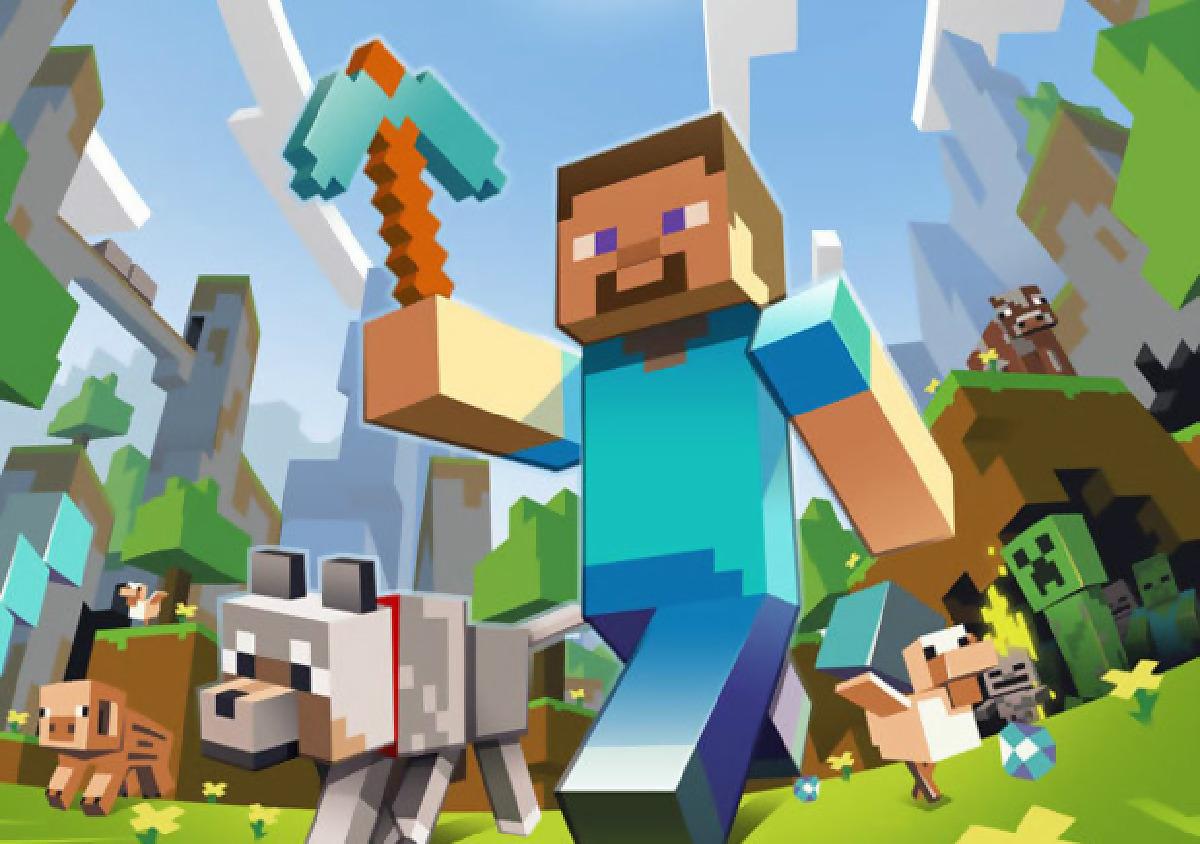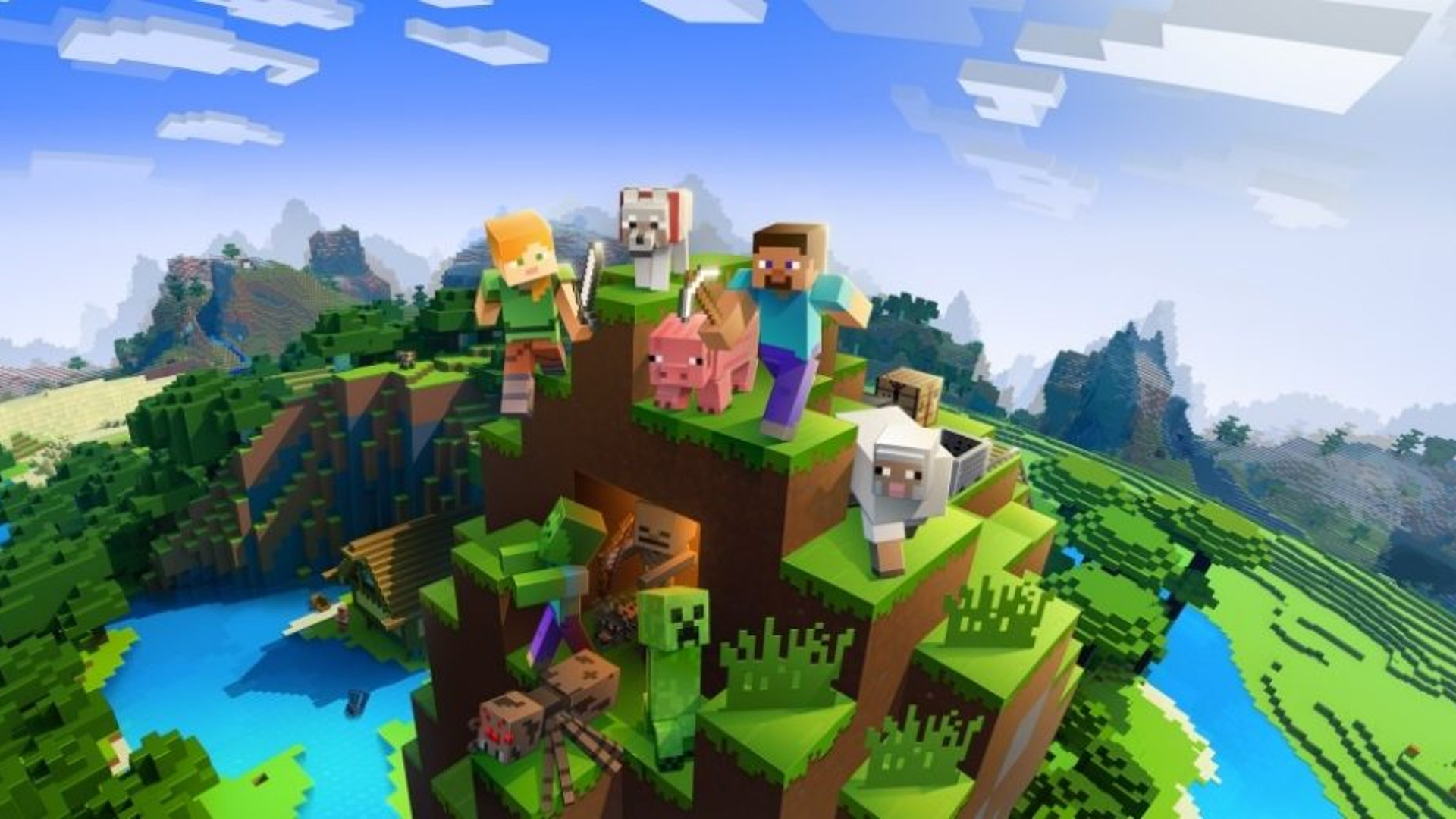Minecraft’s Educational Potential in the Classroom

Minecraft, the sandbox video game where players build and explore virtual worlds, has emerged as an unexpected but powerful educational tool. With its immersive environment, collaborative play options, and endless possibilities for creativity, Minecraft offers numerous pedagogical benefits that can enhance student learning in a variety of subject areas.

1. Spatial Reasoning and Problem Solving:

Minecraft’s 3D world challenges students to think spatially and solve problems creatively. They must navigate complex environments, utilize spatial cues, and design and construct elaborate structures. This fosters spatial reasoning skills, critical thinking, and problem-solving abilities.
2. STEM and Engineering:
Minecraft provides a virtual laboratory for exploring STEM concepts. Students can design and build intricate machines, conduct experiments, and simulate real-life engineering challenges. This hands-on approach enhances their understanding of physics, engineering, and computer science principles.
3. Collaborative Learning and Communication:
Multiplayer mode allows students to work together on projects, fostering collaboration and communication skills. They must coordinate roles, exchange ideas, and troubleshoot problems as a team, developing essential interpersonal skills for future success.
4. Creativity and Imagination:
Minecraft’s open-ended nature encourages students to unleash their creativity. They can build imaginative worlds, invent new characters, and craft unique tools. This stimulates their imaginations and fosters their artistic expression.
5. Cultural Understanding:
Minecraft’s diverse environments and player base provide opportunities for exploring different cultures. Students can learn about different customs, languages, and perspectives by interacting with players from around the world.
6. Coding and Computational Thinking:
Educational versions of Minecraft include coding features that introduce students to computer science concepts. They can write code to automate tasks, create complex contraptions, and design their own virtual worlds. This promotes computational thinking skills, including logical reasoning and algorithmic design.
In conclusion, Minecraft’s educational potential is immense. It can enhance spatial reasoning, STEM understanding, collaboration, creativity, cultural literacy, and coding skills. By harnessing the game’s immersive and interactive environment, educators can create engaging and effective learning experiences that prepare students for the challenges of the 21st century.Minecraft’s Educational Potential In The Classroom
Executive Summary
Minecraft has become more than just a popular video game; it now has an established and ever-growing presence in the educational space. Its ability to combine the principles of creative mode, survival mode, and STEM education offers a transformative medium for enhancing student learning. This whitepaper explores the top 5 subtopics that ignite Minecraft’s educational potential, providing tangible examples of how these concepts can be brought to life in the classroom, along with a plethora of resources to support teachers and students.
Introduction
The allure of Minecraft is prevalent across students of all ages and backgrounds. Its engaging sandbox experience seamlessly aligns with how modern learners retain information and is quickly becoming an integral part of 21st-century classrooms. This whitepaper delves into the educational benefits of introducing Minecraft into the classroom, emphasizing critical thinking, STEM skills development, creativity, problem-solving, and collaboration.
Critical Thinking
-
Inductive Reasoning: Minecraft fosters inductive reasoning by prompting students to analyze patterns, recognize similarities, and draw logical conclusions without being explicitly instructed.
-
Cause and Effect: Explorations in Minecraft allow students to experiment with the world around them, seamlessly connecting cause-and-effect relationships and establishing an intrinsic understanding of natural principles.
-
Problem-Solving: The game consistently challenges players to tackle obstacles, navigate complex situations and devise creative solutions, fostering a mindset of innovation and adaptability.
-
Decision-Making: In survival mode, students frequently face scenarios where crucial decisions are imperative for both individual and group survival, leading to improved cognitive function and decision-making capabilities.
STEM Skills Development
– Computational Thinking Data: Gathering, analyzing, and interpreting the immense amount of in-game data empowers students to develop an analytical mindset, fostering a strong foundation for data science.
– Engineering: Minecraft places a strong emphasis on resource utilization, strategic structure building, and efficient system design, nurturing invaluable engineering skills.
– Coding: Command blocks and Redstone circuits empower students with introductory-level coding skills, sparking a curiosity and interest in programming.
– Spatial Reasoning: The game’s multidimensional environment enables students to develop a strong grasp of spatial reasoning, geometry, and scale – critical skills for various disciplines, including architecture and design.
Creativity
-
Imagination: Minecraft’s boundless sandbox nature encourages students to break free from traditional constraints and ignite their imaginations, creating worlds and scenarios that reflect their individualism.
-
Storytelling: The game’s narrative-building capabilities allow students to craft immersive stories, embracing their creative writing skills and fostering a love of storytelling.
-
Self-Expression: Minecraft enables students to express their individuality and perspectives through personalized avatar creation and the construction of unique worlds and experiences.
-
Artisanship: The ability to manipulate the environment and construct intricate structures, coupled with infinite resource availability, fosters artistic expression and appreciation for design.
Problem-Solving
-
Collaboration: Multiplayer mode in Minecraft fosters collaboration, teamwork, and effective communication skills, essential for the modern workplace.
-
Critical Incidents: In-game encounters with environmental hazards, adversaries, and build failures provide practical scenarios for critical incident response, enabling students to refine their decision-making under pressure.
-
Experimentation: The game world of Minecraft presents numerous opportunities for students to experiment with various strategies, tools, and resources to find optimal solutions, fostering a spirit of scientific inquiry.
-
Feedback Loops: Minecraft’s immediate visual and tangible feedback loops facilitate self-evaluation and learning, allowing students to refine their approaches with each iteration.
Conclusion
Minecraft is an indispensable educational tool that provides a dynamic and highly accessible platform to foster creativity, computational thinking, and 21st-century skills. With its ability to cater to diverse learning styles and challenges, Minecraft empowers students to not just learn but actively construct knowledge, igniting a lifelong passion for discovery and innovation. By embracing Minecraft in the classroom, educators pave the way for students to become the critical thinkers, innovators, and collaborators of tomorrow.
Keyword Phrase Tags
- Minecraft in Education
- Computational Thinking with Minecraft
- STEM Learning with Minecraft
- Creativity Enhancement with Minecraft
- Problem-Solving in Minecraft

“Minecraft is a very complex game, with endless replayability value. It can be easily integrated into almost any curriculum in almost any subject matter. From language and reading to math, to science and art, to social studies and engineering, the versatile framework of Minecraft allows every student to learn in their own way.”
Thats just dumb, a game is not a book.
It is a proven fact that integrating digital games into the classroom can improve student engagement and learning outcomes.
Minecraft is not an educational tool. This article is wrong.
I find it ironic that an article about the educational potential of Minecraft is so poorly written.
This article is full of buzzwords and cliches. It doesn’t actually say anything of substance.
What a load of hooey. Minecraft is just a silly game. I cant believe anyone would think it has any educational value.
I agree with the article. I have seen firsthand how Minecraft can be used to teach a variety of subjects.
The article does a good job of outlining the potential benefits of using Minecraft in the classroom.
I think the article is missing some important information. It doesn’t mention the challenges of using Minecraft in the classroom.
The article is well-written and informative. I learned a lot about the educational potential of Minecraft.